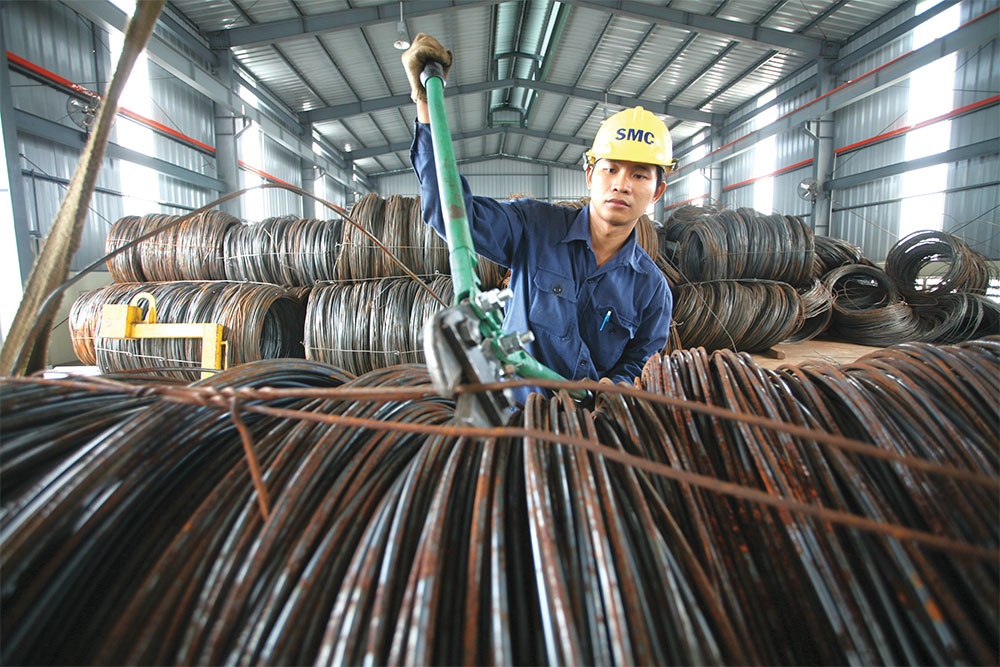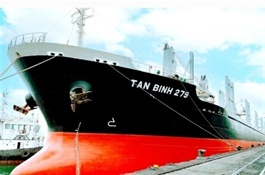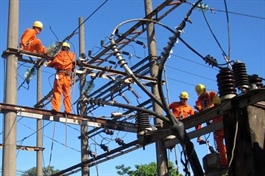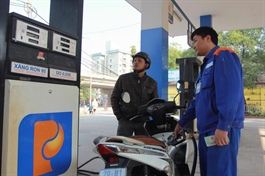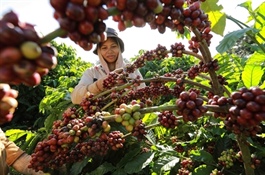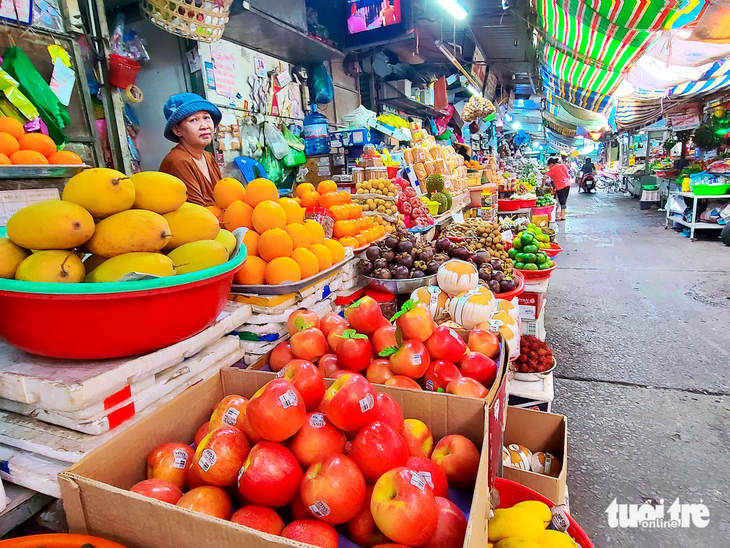A strenuous year ahead in cement
A strenuous year ahead in cement
Vietnam’s cement and clinker export in the first four months of this year continued to be hurt by high inflation in major cement export markets.
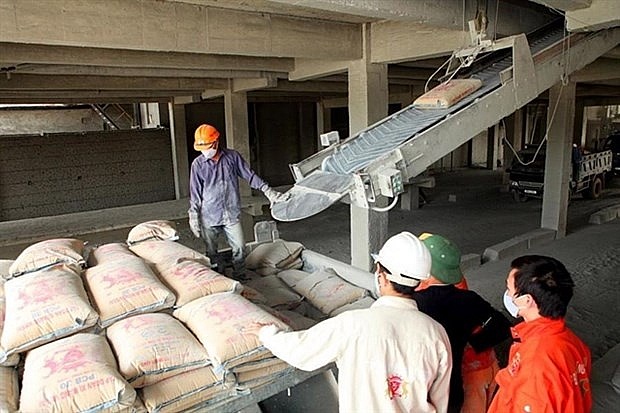
The local cement sector is suffering from a record fall in export business and stagnant domestic consumption, following on the downward trend in 2022 and resulting in a sharp fall in both export volume and value.
In April, Vietnam exported 2.4 million tonnes of cement and clinker, counting $109 million in value, equal to 73.5 per cent in volume and 73.3 per cent in value compared to one year ago, according to the General Statistics Office.
Cumulatively in the first four months, the export volume has shed 26.5 per cent on-year, fetching around 10.25 million tonnes, and export value fell 25.8 per cent on-year to $445 million.
Cement export to China was gloomy as the real estate market there has yet to revive. Accordingly, Vietnam just counted nearly $11.4 million from cement export to this market in Q1, down 95 per cent on-year.
Meanwhile, Vietnam’s second-largest cement market, the Philippines, in mid-April announced temporarily imposing anti-dumping duty on several types of Vietnamese cement products.
Earlier this year, several cement makers in that country filed a lawsuit against Vietnamese cement exporters, arguing that the firms sold cement at dumping prices and caused losses to the Philippines’ cement sector.
A raft of major cement businesses such as Long Son Cement, Thang Long Cement, Vissai Ninh Binh, Vicem Tam Diep, and Vicem Haiphong are all on the list imposed by the Philippines.
Meanwhile, the export duty on cement products being raised from 5 to 10 per cent from January has put pressure on firms due to soaring production costs and higher tax.
“In the context the export price of clinker has yet to rise, it has to bear higher tax, leading to diminished competitiveness in the global market,” said Nguyen Quang Cung, chairman of the Vietnam Cement Association.
For the rest of this year, cement firms are forecast to continue facing multiple hardships in both domestic and export market.
A representative of a major cement group based in Ninh Binh told VIR that the company’s cement export volume in Q1 was curtailed 30 per cent on-year, and is forecast to continue the shortfall in Q2 due to critically lacking orders against low export price.
“The 10 per cent export duty, anti-dumping tariffs, and costs going up mean losses are unavoidable,” said the representative.
In the current context of oversupply when domestic cement output exceeds 110 million tonnes and continues to be complemented with new production lines, domestic cement consumption stands at 64-65 million tonnes, and stiff competition persists among cement producers.
Currently, firms are ramping up efforts to pull down their production costs, find new markets, retain traditional partners in the Philippines, and adapt to trade protectionism policies.
At the moment, Vietnam’s three major cement export markets are the Philippines, the US, and Hong Kong, and major clinker export markets are China, Bangladesh, and the Philippines.
Total cement and clinker consumption of the cement sector (including export) approximated 20.76 million in Q1, down 19.9 per cent on-year.
In the period, state-owned conglomerate Vicem, which holds 35 per cent of the market share, reported selling about 5.39 million tonnes of products, generating $331.1 million in revenues and $17.78 million to state coffers, all lower compared to last year.
Meanwhile, Vicem Ha Tien, the largest unit in the Vicem system, saw a 14.6 per cent fall in its net revenues and 53.5 per cent drop in accrued profit on-year, just counting $73.5 million in net revenues and $3.3 million in accrued profits in Q1.
This year, domestic cement production output is forecast to surpass 120 million tonnes, while domestic consumption approximates 63-68.5 million tonnes. Exports are not projected to match 2022 figures.



